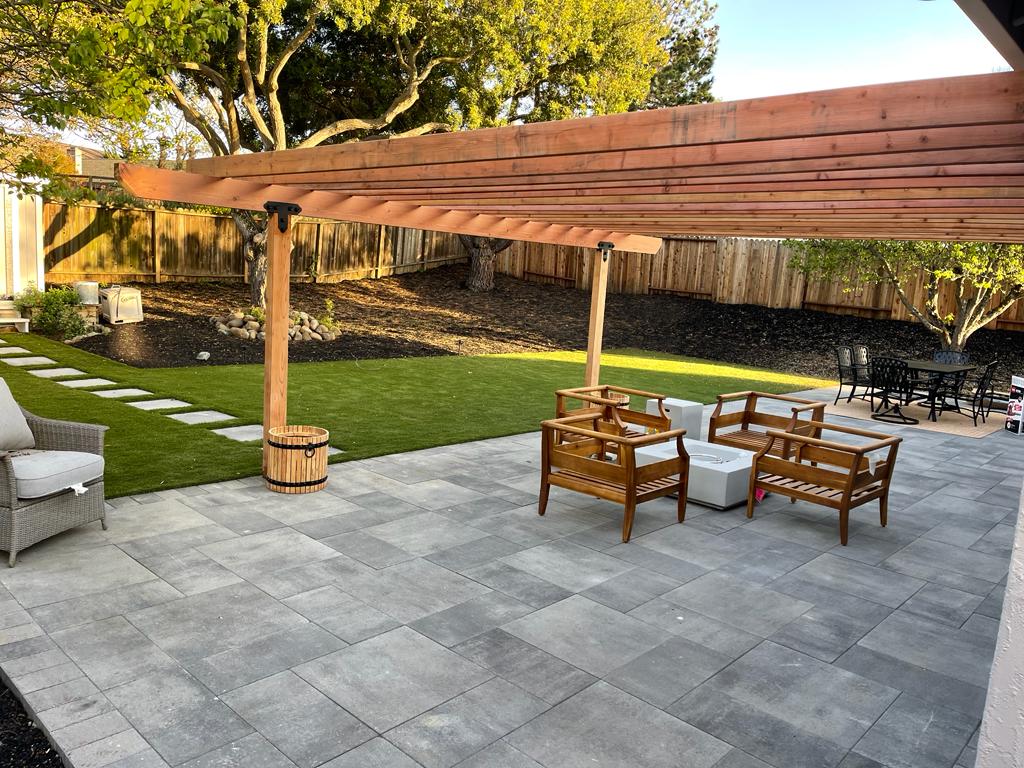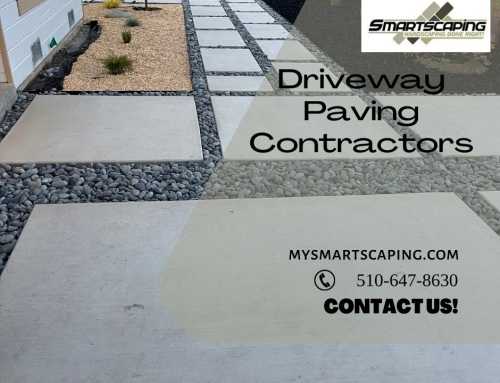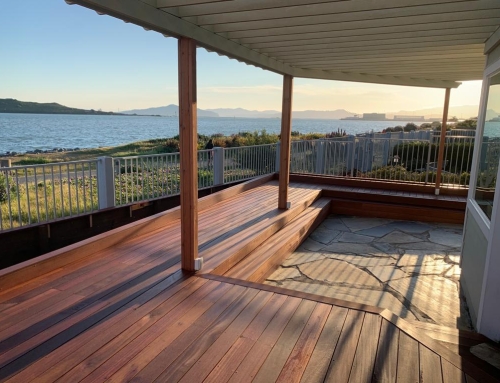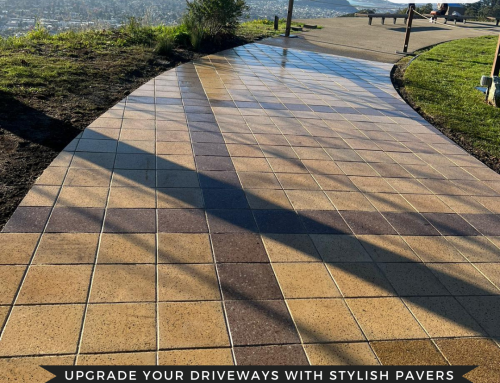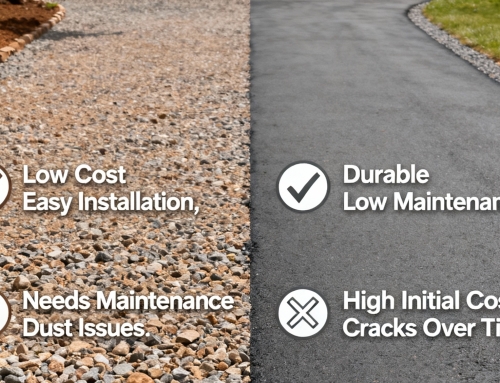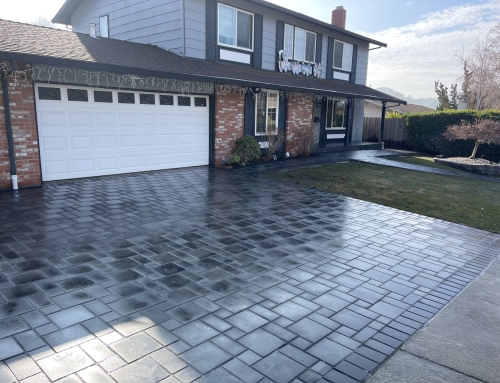When it comes to enhancing the beauty and functionality of your outdoor space, the debate often boils down to two primary options: paving and tiling. Both have their merits, but if you’re looking for a comprehensive solution that offers durability, cost-effectiveness, and aesthetic appeal, paving contractors have the edge. In this blog, we’ll delve into the key questions that homeowners often ask: Is paving cheaper than tiling? Can I use tiles as pavers? And what are the disadvantages of outdoor tiles? By the end of this article, you’ll have a clear understanding of why hiring a paving contractor is often the best decision you can make for your outdoor project.
Is Paving Cheaper Than Tiling?
Cost is a significant factor when deciding between paving and tiling for your outdoor space. While both options can provide a visually appealing finish, paving generally comes out on top in terms of affordability. Here’s why:
1. Material Costs
- Paving: Pavers are usually made from concrete, stone, or brick, all of which are relatively affordable materials. Concrete pavers, in particular, offer a wide range of styles and colors at a lower cost than most tiling options. The materials are readily available, and their production costs are lower, making them a budget-friendly choice.
- Tiling: Outdoor tiles, especially those made from natural stone or porcelain, can be significantly more expensive. The manufacturing process is more complex, and the materials themselves are often imported, driving up costs. Even if you opt for cheaper ceramic tiles, the costs can add up when you factor in the need for specialized adhesives and grouts designed for outdoor use.
2. Installation Costs
- Paving: Paving contractors typically charge less for installation compared to tile installers. This is partly because pavers are easier and quicker to install. They require less precise leveling, and any gaps between pavers are filled with sand, which is much cheaper than grout. Additionally, pavers can be laid on various surfaces, including gravel and sand, reducing the need for expensive subfloor preparation.
- Tiling: Tiling requires a perfectly level surface, which often means additional preparation work. The tiles need to be meticulously aligned, and the grouting process is labor-intensive. All of these factors contribute to higher installation costs. If you’re considering natural stone or porcelain tiles, the costs can be even higher due to the need for skilled labor familiar with these materials.
3. Maintenance Costs
- Paving: Pavers are incredibly durable and require minimal maintenance. If a paver becomes damaged, it can be easily replaced without disturbing the surrounding area. The sand-filled gaps between pavers also allow for easy drainage, reducing the risk of water damage.
- Tiling: Outdoor tiles, on the other hand, can be prone to cracking, especially in areas with extreme temperature fluctuations. Repairing or replacing tiles can be a costly endeavor, as it often requires the removal of the surrounding tiles and reapplication of grout. Moreover, the grout itself can stain or degrade over time, leading to additional maintenance costs.
Can I Use Tiles as Pavers?
Given the higher costs and potential drawbacks of tiling, you might wonder if you can simply use tiles as pavers. While this is technically possible, it’s not recommended for several reasons:
1. Structural Integrity
- Pavers: Designed to withstand the rigors of outdoor conditions, pavers are thicker and more robust than tiles. They can handle heavy loads, such as vehicles on a driveway, without cracking or shifting. Pavers are also designed with slight variations in height and texture, which helps them lock together securely and resist movement over time.
- Tiles: Tiles, particularly those made for indoor use, are generally thinner and less durable. Even outdoor tiles, which are thicker than indoor varieties, are not designed to bear heavy loads. If you attempt to use tiles as pavers, they may crack under pressure, leading to costly repairs and replacements.
2. Surface Grip
- Pavers: Paving materials, such as brick, concrete, or stone, naturally offer a textured surface that provides excellent grip. This makes pavers a safer option for areas prone to moisture, such as pool decks or walkways.
- Tiles: While some outdoor tiles are designed with a textured surface, many do not offer the same level of grip as pavers. This can make tiled surfaces slippery when wet, posing a safety hazard, particularly in areas where water is present.
3. Thermal Expansion
- Pavers: Pavers are designed to accommodate slight shifts and movements caused by temperature changes. The sand-filled joints allow for expansion and contraction, preventing cracking or buckling.
- Tiles: Tiles are more rigid and less forgiving when it comes to thermal expansion. Without the ability to flex, they are more likely to crack in extreme temperatures. This is particularly problematic in regions with hot summers and cold winters.
What Are the Disadvantages of Outdoor Tiles?
While tiles can be an attractive option for certain outdoor applications, they come with several disadvantages that make them less suitable for many projects. Here’s a closer look at the drawbacks of outdoor tiles:
1. Durability Concerns
- Cracking: As mentioned earlier, tiles are more prone to cracking than pavers, especially when exposed to heavy loads or extreme temperatures. This makes them a less reliable option for driveways, patios, and other high-traffic areas.
- Wear and Tear: Over time, outdoor tiles can show signs of wear, particularly if they are not specifically designed for exterior use. Glazed tiles, for example, can lose their finish, becoming dull and less attractive.
2. Maintenance Challenges
- Staining: Outdoor tiles, especially those with porous surfaces, can be susceptible to staining. This is particularly true for natural stone tiles, which may absorb moisture and develop unsightly marks over time. Regular sealing can mitigate this issue, but it adds to the maintenance burden.
- Grout Deterioration: The grout used between tiles is another weak point. It can crack, stain, or erode over time, necessitating regular repairs. In areas with harsh weather conditions, grout may need to be replaced every few years, adding to the long-term costs of tiled surfaces.
3. Limited Flexibility
- Installation Complexity: Installing outdoor tiles requires a perfectly level surface, which can be difficult and expensive to achieve. Any imperfections in the subfloor can lead to tiles cracking or becoming uneven over time.
- Design Constraints: While tiles come in a wide range of colors and patterns, they offer less flexibility in design compared to pavers. Pavers can be arranged in various patterns, from simple linear layouts to intricate mosaics, allowing for greater creativity in outdoor design.
Why Choose Paving Contractors?
Given the cost, durability, and design flexibility offered by pavers, it’s clear that they are often the superior choice for outdoor projects. However, to achieve the best results, it’s crucial to work with experienced paving contractors. Here’s why:
1. Expertise and Experience
- Paving contractors have the knowledge and experience to assess your outdoor space and recommend the best materials and designs for your needs. They understand the nuances of different paving materials and can help you choose the right option for your budget and aesthetic preferences.
2. Quality Installation
- Proper installation is key to the longevity and performance of your paved surface. Paving contractors have the tools and skills needed to ensure that your pavers are installed correctly, with proper drainage and a stable base. This reduces the risk of issues such as sinking, shifting, or cracking over time.
3. Customization Options
- Paving contractors can work with you to create a custom design that enhances the beauty and functionality of your outdoor space. Whether you’re looking for a traditional brick patio, a modern concrete driveway, or a rustic stone pathway, a skilled contractor can bring your vision to life.
4. Long-Term Value
- While paving may require a larger upfront investment than some other options, the long-term value is undeniable. Pavers are durable, low-maintenance, and can significantly enhance the curb appeal and resale value of your property. By working with a professional paving contractor, you can ensure that your investment pays off for years to come.
Conclusion
When it comes to outdoor projects, the choice between paving and tiling can have a significant impact on the overall success of your project. While tiles offer a certain level of aesthetic appeal, they come with several disadvantages that make them less suitable for many outdoor applications. Pavers, on the other hand, offer a more cost-effective, durable, and versatile solution. By hiring a professional paving contractor, you can ensure that your outdoor space not only looks great but also stands the test of time.
Whether you’re planning a new driveway, patio, or walkway, investing in quality paving services is a decision you won’t regret. So, the next time you’re faced with the choice between paving and tiling, remember that paving contractors are your go-to solution for creating beautiful, functional, and long-lasting outdoor spaces.


